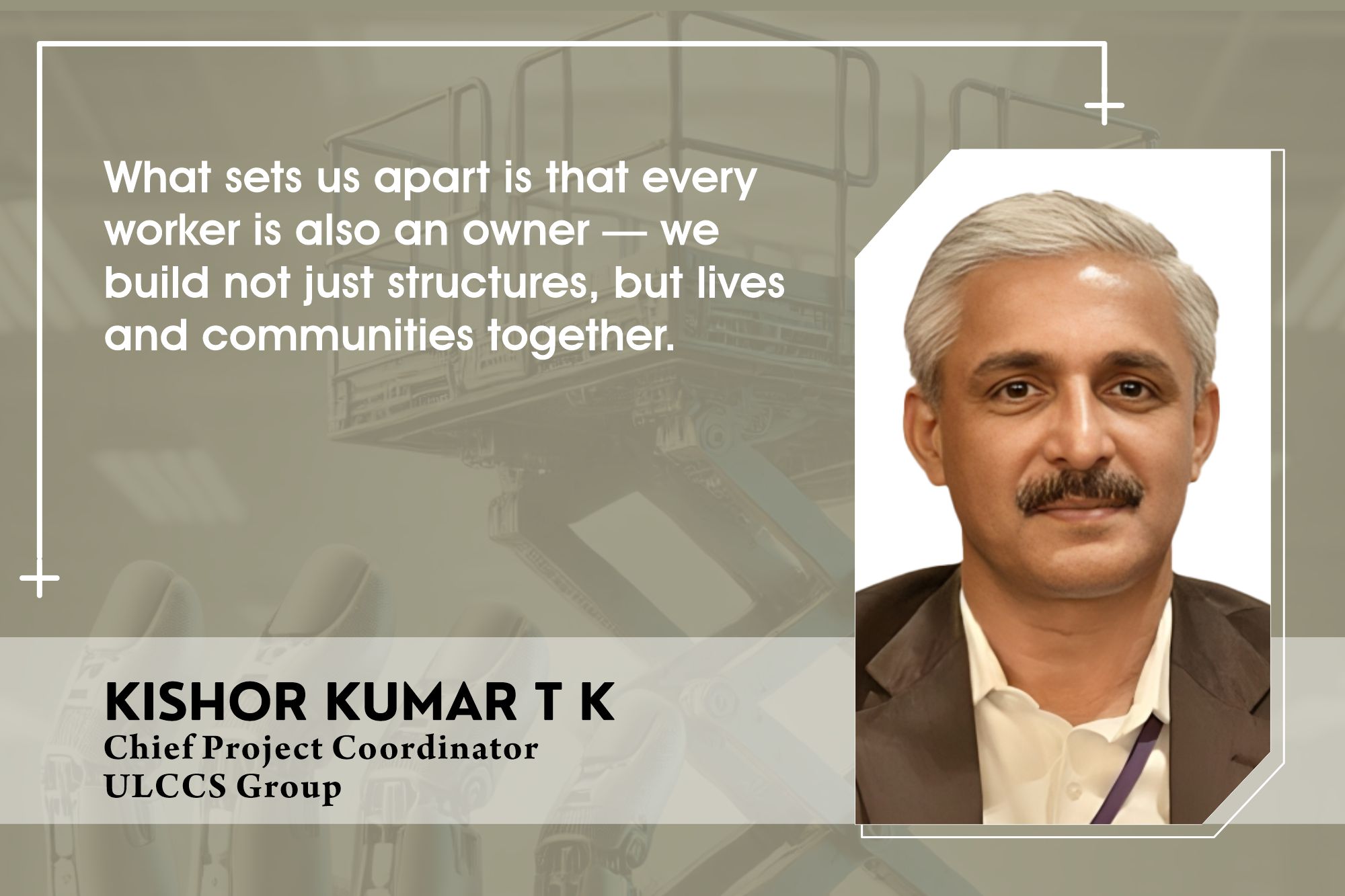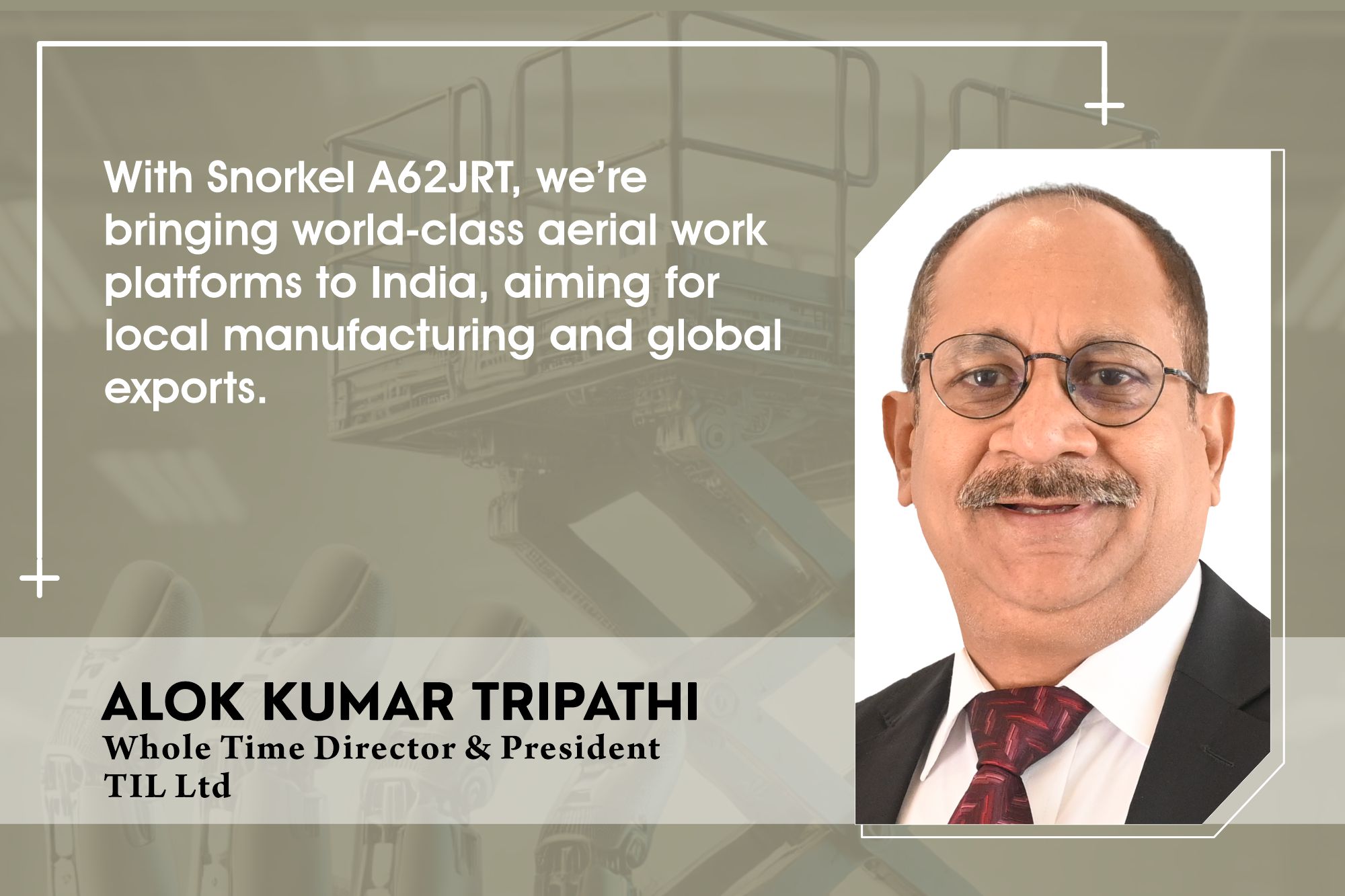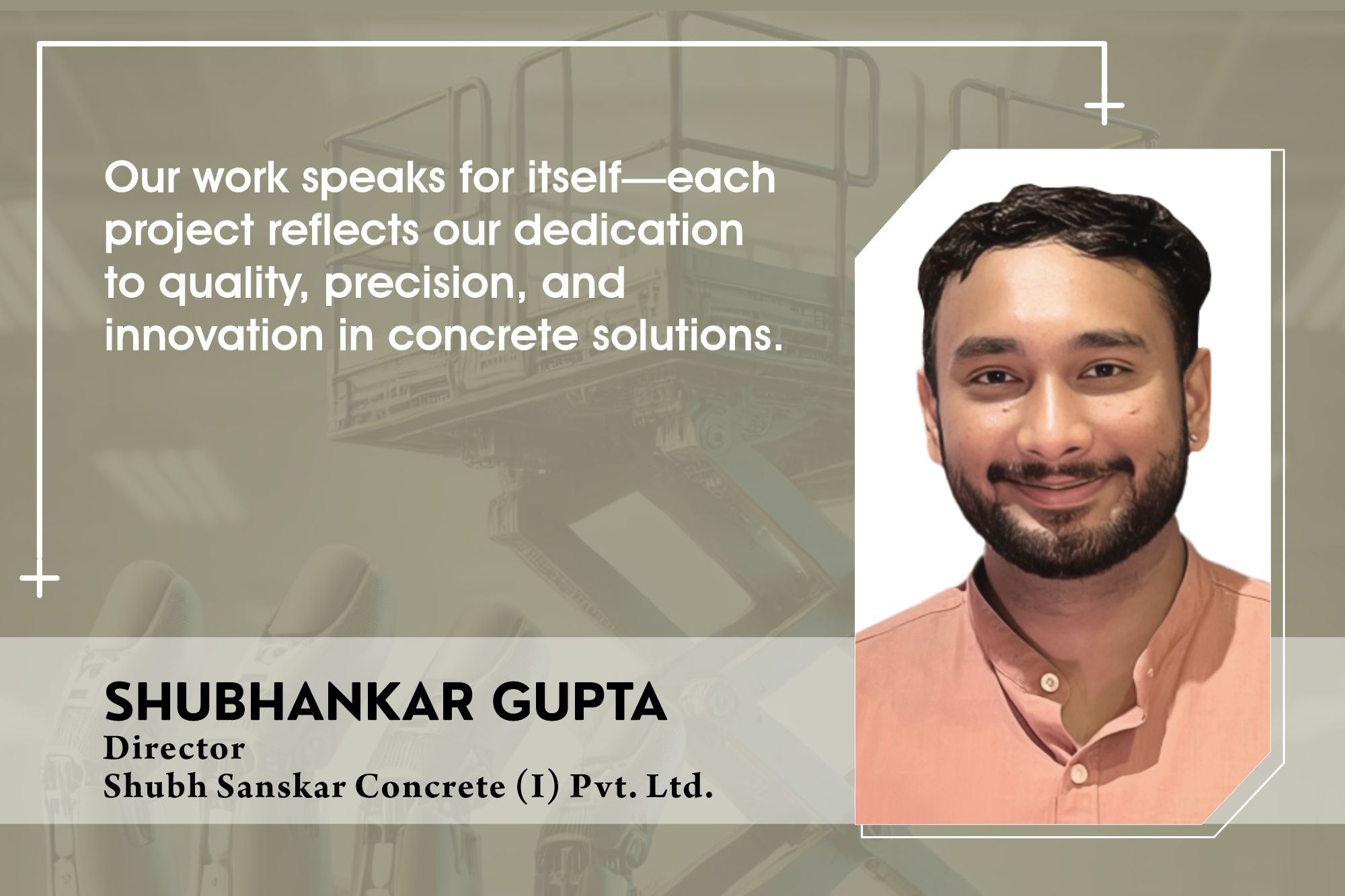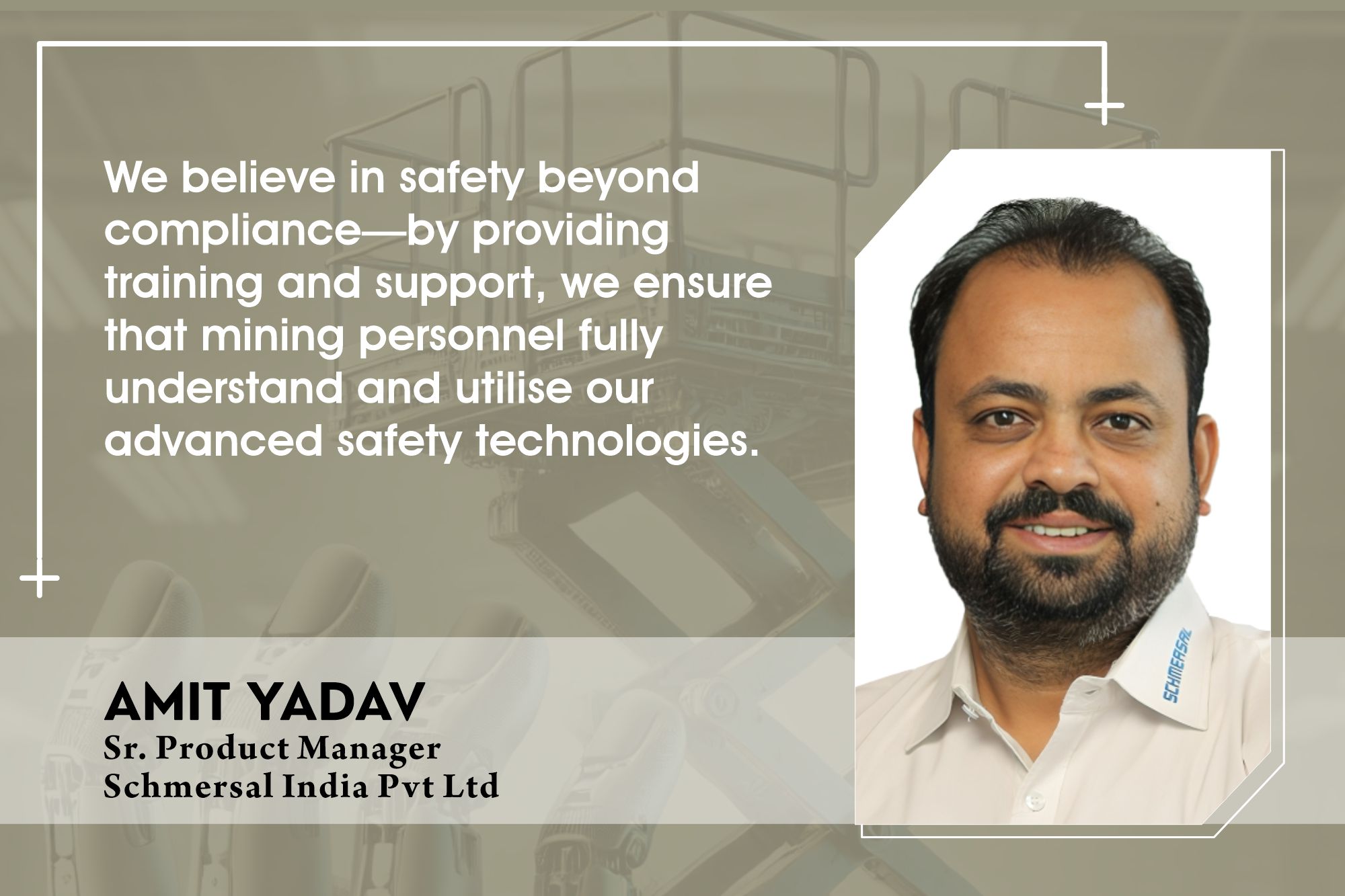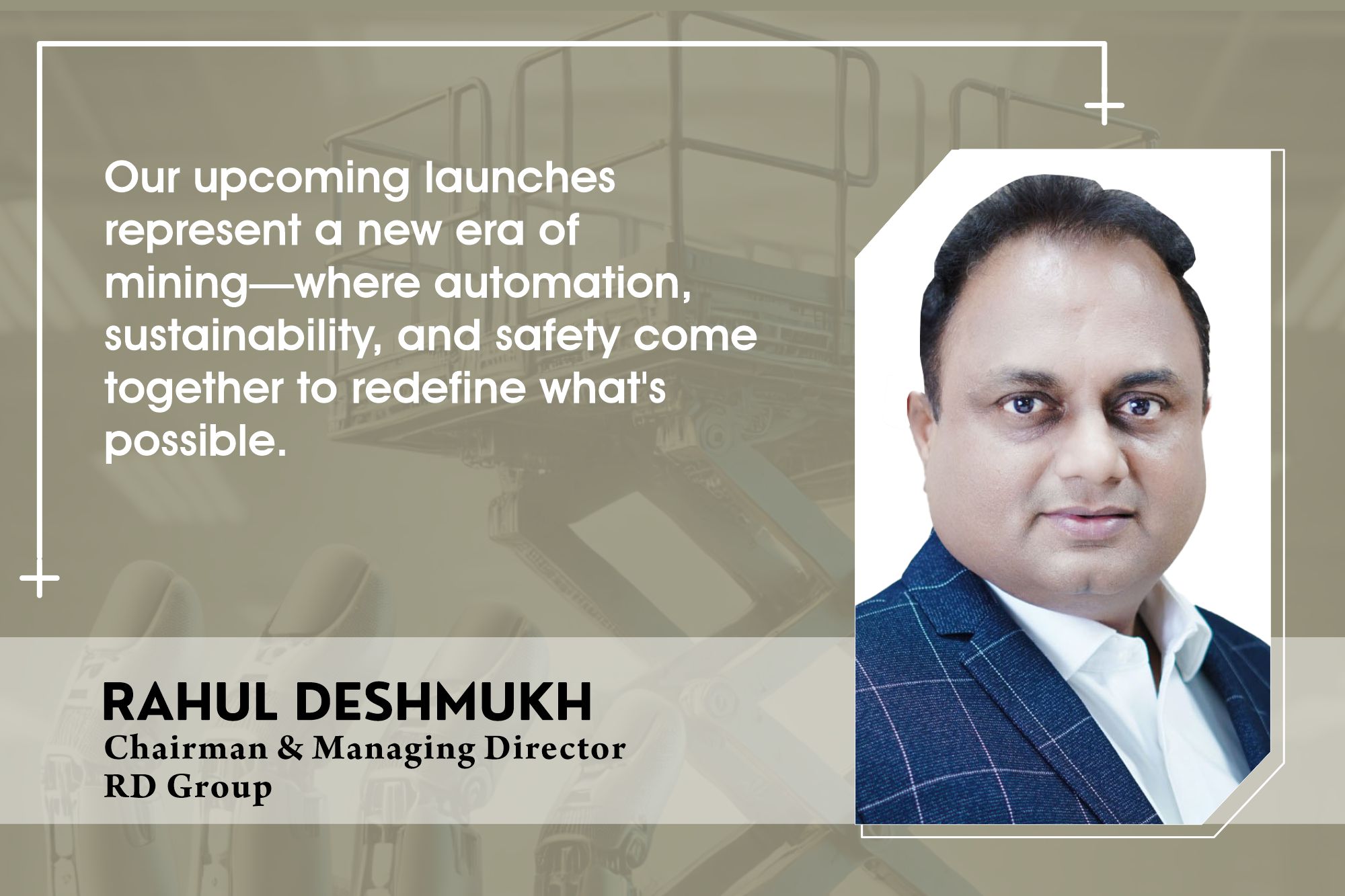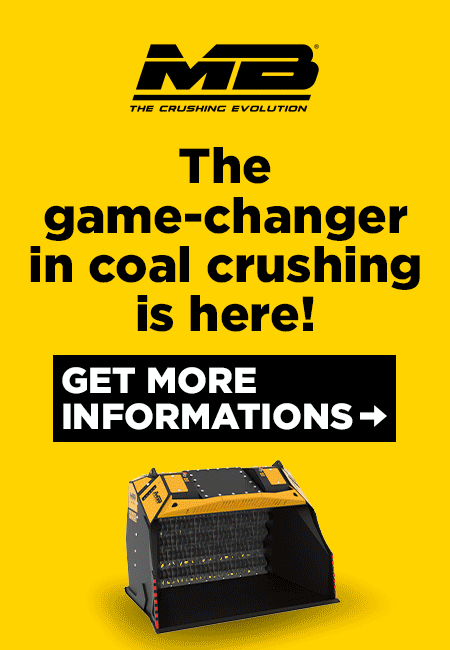Electric revolution paving the way for zero emissions
By Edit Team | June 7, 2023 5:43 pm SHARE
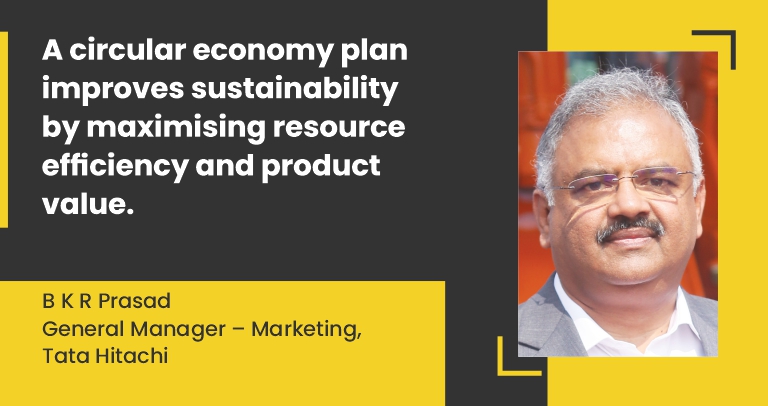
A circular economy plan improves sustainability by maximising resource efficiency and product value.
B K R Prasad of Tata Hitachi discusses the latest developments in the road construction equipment industry. He
also emphasises that the CE business is aggressively researching solutions to improve mobility, usability, and sustainability across various product classes.
How is Tata Hitachi integrating advanced technologies such as automation and machine learning into its equipment range to enhance performance and efficiency?
Our key approach towards productivity enhancement in our machines has been through technology integration in products. With increased focus on areas like safety, equipment efficiency, remote connectivity, advanced technologies like IoT, telematics and mobility solutions has become a standard for Tata Hitachi.
ConSite and InSite are two proprietary technologies that enable our customers to remotely monitor Tata Hitachi
machines through granular, real-time operational, maintenance, location, and health data.
Frequent reports to analyse performance, efficiency and machine productivity, allows customers to visualise the
operation and health status of their machines, improve their efficiency, ensure maintenance management and work closer with Tata Hitachi.
ConSite and InSite are two proprietary technologies that enable customers to remotely monitor Tata Hitachi machines through granular, real-time operational, maintenance, location, and health data.
Frequent reports to analyse performance, efficiency, and machine productivity allow customers to visualise their
machines’ operation and health status, improve their efficiency and maintenance management, and work closely with Tata Hitachi.
Can you discuss the role of digitalisation in the design, manufacturing, and maintenance of your construction equipment range?
Tata Hitachi has manufacturing facilities in Kharagpur and Dharwad. Both plants have the latest technology in CNC
machining centres, robotic centres, and a wide range of fixtures and manipulators for manufacturing world-class products.
Cutting-edge painting facilities are in the plant, including CED painting lines, the latest conveyorised assembly lines,
and manual workstations. Also, we are implementing Industry 4.0 with real-time data capture and display in both plants in a phased manner. Digitisation of certain processes is being implemented in both plants simultaneously.
Regarding machine maintenance and operation, features through ConSite and InSite assist in real-time operational maintenance.
Further, Tata Hitachi’s e-Dost, an industry-leading digital connect platform, provides a seamless digital experience to its customers and has been very useful during the recent pandemic, where physical meetings have been limited. Through the e-DOST platform, our customers can transact with us virtually on sales and after-sales requirements.
How do you prioritise operator comfort and safety?
Safety is ingrained in the design and development of all Tata Hitachi equipment. The organisation’s hydraulic excavators comply with international safety standards. The safety features include:
• A roll-over protective structure (ROPS) canopy.
• A falling object protective structure (FOPS).
• An operator protective guard level 1 (TOP guard).
• A lock lever is compulsory for engine start.
• A convenient footstep for climbing.
These thoughtful features aim to provide a safe work environment for the operators.
These machines are also designed to provide a comfortable operating environment for the operator. Since the operator station is the point of direct interface between man and machine, we have worked on developing ergonomics and comfort. Be it the comfortable seating, the ergonomic positioning of controls, or the 360-degree uninterrupted view, Tata Hitachi machines reduce fatigue and make working more comfortable.
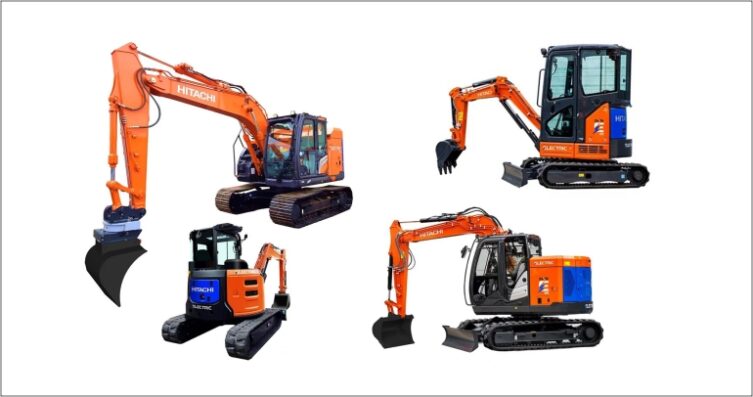
How has Tata Hitachi addressed the procurement challenges customers face regarding financing and acquiring construction equipment?
We at Tata Hitachi assist the customer throughout his journey with us, right from the equipment procurement stage. Financing this capital-intensive equipment is one of the key steps in that journey.
Since many customers are small buyers, it becomes even more important to assist and enhance their buying experience.
Financing: We have a range of preferred financiers with whom we have tied up to offer our customers preferential terms so they can access the maximum funding at low and attractive interest rates. Through our dealer network, the customer is assisted by our preferred financers to quickly complete the formalities so that they have access to their chosen equipment that can be deployed immediately. Tata Hitachi is also working regularly with financers to draught attractive schemes.
The organisation has recognised and rewarded the top-performing finance partners in an annual finance summit and award show, Synergie.
Reaching out: Tata Hitachi has a very wide network of more than 50 dealers and 275 touchpoints across the country’s length and breadth, enabling us to be as close to the customer as possible. The reach of this network and our capable and friendly sales officers assist our customers in selecting the right machine suited for their application that offers top-class performance, productivity, and low operating and maintenance costs for sustained profits.
This way, the customer always has access to the right machine, coupled with support for attractive financing.
How does Tata Hitachi ensure that its equipment is environmentally friendly and sustainable?
Tata Hitachi promotes the eco-friendly design of our products and services. Apart from ensuring that our wheeled equipment adheres to the current regulatory requirements of CEV-4 emission norms, we are working to ensure that our excavators are also compatible with emission norms which will be implemented in future. In addition, we also maintain a target of reducing fuel consumption of all our products and models through engineering innovations. With our TL340H PRIME, we were also the first and only manufacturer in India, of hydrostatic wheel loaders to assure fuel savings to the tune of 20 percent over conventional wheel loaders. Also, our excavators are very well-known in the market for their fuel efficiency. Further, with the extension of the replacement intervals of various oils, we aim to lessen the load on the environment. We are continuously working to make improvements in this direction.
For the effective use of resources, we promote a ‘circular economy’ through our Used Equipment business and Re-manufacturing of parts. These initiatives are aimed at ensuring a sustainable consumption and production pattern by enhancing the value of the product life cycle.
What are the key challenges and opportunities in the electrification of CE in India to achieve the government’s goal of net-zero emissions by 2070?
With a target of Net-Zero emissions by 2070 taken by the Government of India, reduction in the use of fossil fuels in CE machinery is a major challenge as well as an opportunity. Electrification of CE is one of the possible ways in which Tata Hitachi is trying to achieve this goal.
It is important to understand that CE machinery per se demands high energy intensity. Hence the approach towards
zero emissions is going to be graded, as the technology is in its infancy.
There are various aspects being considered including the technologies suitable for different product classes, in terms of usability, mobility, infrastructure requirement, cost impact and how much leeway the platform allows us, etc. There will be a certain segment of the CE industry, like compact equipment below 7T, that is likely to move to battery-powered technology. This technology is available with most OEMs now.
Based on these considerations, we have identified various projects to be taken up for the electrification of our different categories of equipment in our portfolio. Our parent company, Hitachi Construction
Machinery, Japan – has electric driven technology in their mini excavators and large mining machines.
We anticipate that the resolution of the following issues will be key to moving towards complete electric offerings to the customers.
Primarily, for moving to electric-driven machinery, there needs to be a strong business case to make the move. It could be backed by an economic standpoint, or an environmental position taken by the Government. The focus on the ecosystem for electrics has already been brought in by the automotive segment which has shifted heavily into this technology. This shift may help us partially in building the infrastructure and know-how for the support systems.
Incidentally, Tata Hitachi was the 1st in the CE industry in India to introduce Hitachi’s hybrid excavator ZH200 in EXCON 2017 and CNG powered SHINRAI @ EXCON 2021. However, while there are efforts to develop battery/ electric technology, commercialisation is still, in our view, some distance away.
For more details visit: https://www.tatahitachi.co.in/
Cookie Consent
We use cookies to personalize your experience. By continuing to visit this website you agree to our Terms & Conditions, Privacy Policy and Cookie Policy.


